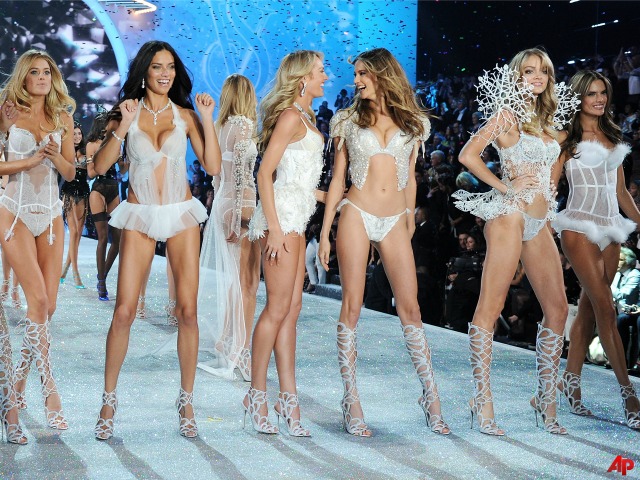Woman King is a historical fiction movie that features an all-female warrior unit of the Dahomey African Kingdom. These women are the king's guards.
Nanisca, the Agojie General, can be heard in the first 20 minutes of the movie giving a moving monologue to the newest group of enslaved women that they saved from the Oyo soldiers. In this scene, the captive women are allowed to join the female army and have the opportunity to earn money, have respect, and have their voices heard. If they choose these unheard-of privileges, they also forfeit the privilege of marriage and children.
“We fight or we die. We fight for Dahomey, for our sisters, for our great king. You will be revered. You will be paid for your work. Your opinions will be heard. No tribe or kingdom in Africa shares this privilege. For this honor, we live out our lives in these palace walls. We take no husband, We will bear no children.”
In Sellnow’s Feminist Perspective, Nanisca’s character would be seen as an oppositional radical feminist. She is the subject and also the hero in this story. One might ask themselves if hegemony is also being reinforced in this movie. Even though Nanisca, is a revered warrior in her kingdom, she still answers to the male king, and her “freedoms” are not equal to the lead male role for most of the film.
Radical feminist rhetoricians might say that Nanisca is “being punished for breaking the hegemony rules by stepping outside the object role.” At one point as a young warrior, she had been captured and assaulted nightly. The sexual assaults led to a pregnancy. Nanisca ultimately gave up her daughter out of fear of being kicked out of the Agojie army. After all, the Agojie warriors vow to bear no children. This furthers the myth that women cannot have positions of power and be mothers.
In your opinion, do you feel that the media perpetuates the idea that women will ultimately be punished for breaking hegemony rules?































.png)

